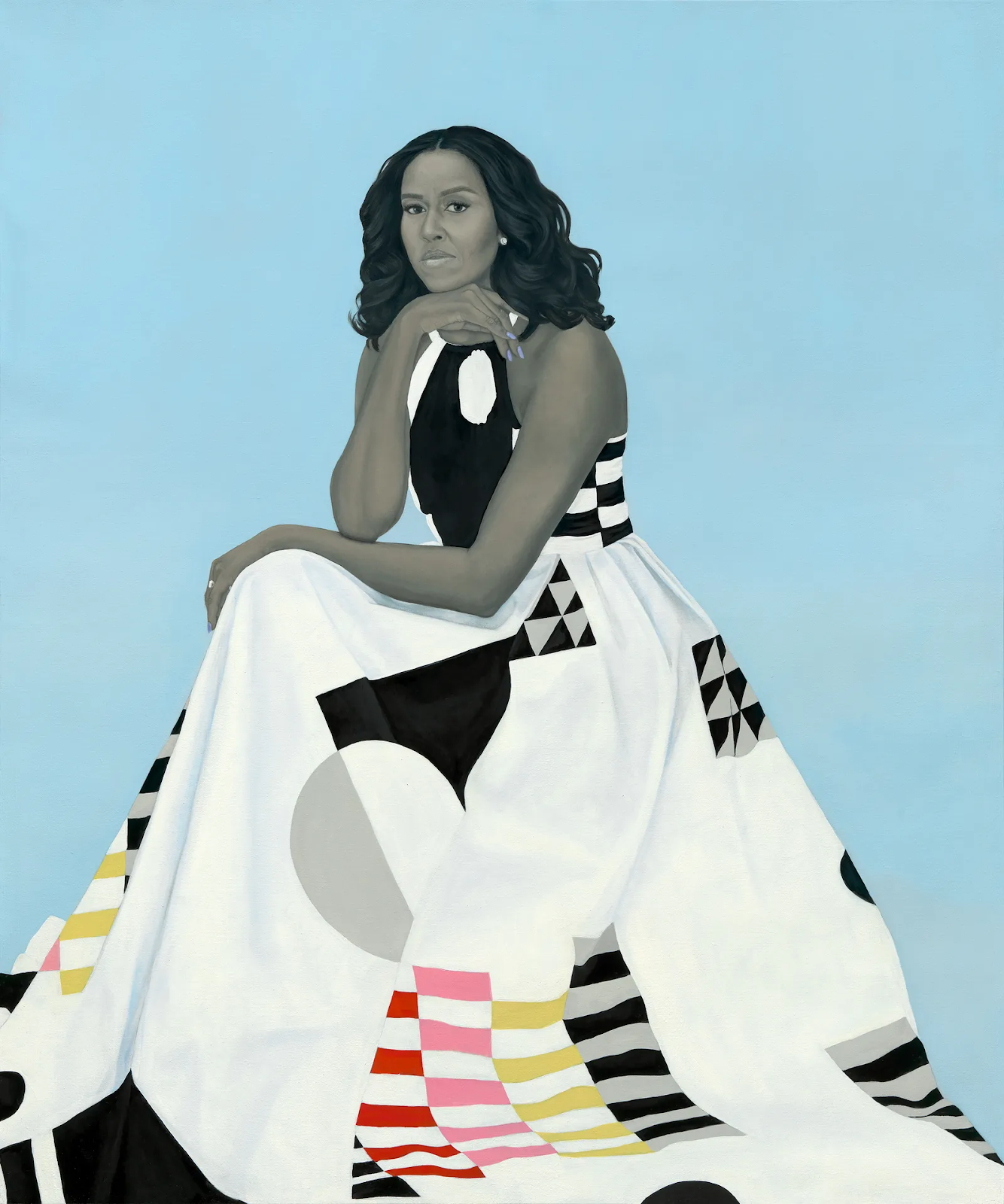Portraits That Break the Mould
Recently, some royal and presidential portraits have attracted more attention than usual. These portraits have dared to venture into elements of contemporary flair, creating a path distinct from their predecessors. Are these unique instances, or is this a lasting trend that will ultimately break the longstanding mould of these portraits?
Presidential portrait, Barack Obama, National Portrait Gallery
Traditions are traditions precisely because they are long-established customs that often remain unchanged, for the sake of paying homage to our ancestors. However, in today’s rapidly evolving modern culture, we see these traditional conventions being shattered left and right. Art, no matter how formal it may seem, is no exception. Royal and presidential portraits, traditionally grounded in a style called academic realism, representative of how art is classically taught in European academies, have recently seen a shift. And attention has been paid. Recent portraits of both Barack Obama and King Charles III have defied these conventions, both breaking the mould and moving away from the previously lifeless representations. Instead, they have opted to incorporate elements of the time with a distinct contemporary flair.
Royal Portrait, King Charles, BBC
Modern artistic expressions are challenging established norms, allowing leaders to represent themselves differently. The first official portrait of King Charles since his coronation has recently been unveiled. Painted in vibrant red with a butterfly on his shoulder, the portrait maintains nobility while breaking away from the norms. Similarly, Kehinde Wiley, the artist behind Obama’s portrait, used his signature botanical style to create a captivating backdrop, dumping Barack Obama right in the middle. Michelle Obama’s portrait also grabbed attention when released in 2018. Reflecting the artistic styles known to the artist Amy Sherald, the portrait of Michelle Obama presents her in a flat, almost 2.5D format, with grey tones, set against a vibrant, pale blue background, offering contrast and surprising the observer.
Michelle Obama, Portrait, The New Yorker
Previously, presidential and royal portraits aimed to convey professionalism, tradition, and the dignity associated with authority. Most portraits adhere to a strict set of established norms and conventions to achieve these qualities. This is done by placing the subjects in formal attire with an upright posture. Symbolic meanings are often included through objects or colours related to the individual’s achievements. These stylistic choices link the subjects to their predecessors while honouring and maintaining the traditions of the institutions they represent.
Presidential Portrait, George Washington, National Gallery of Art
This shift reflects a broader societal push for diversity and innovation over a strict, almost forced, adherence to tradition. Traditions change and evolve, representing the values held by the people of their specific time, with the reimagining and revolutionising of these portraits being just one notable example. These portraits prompt us to wonder about the future of portraiture: Are these shattering of conventions a sign of positive progress or merely a stray away from something sacred? One can only judge for themselves.




